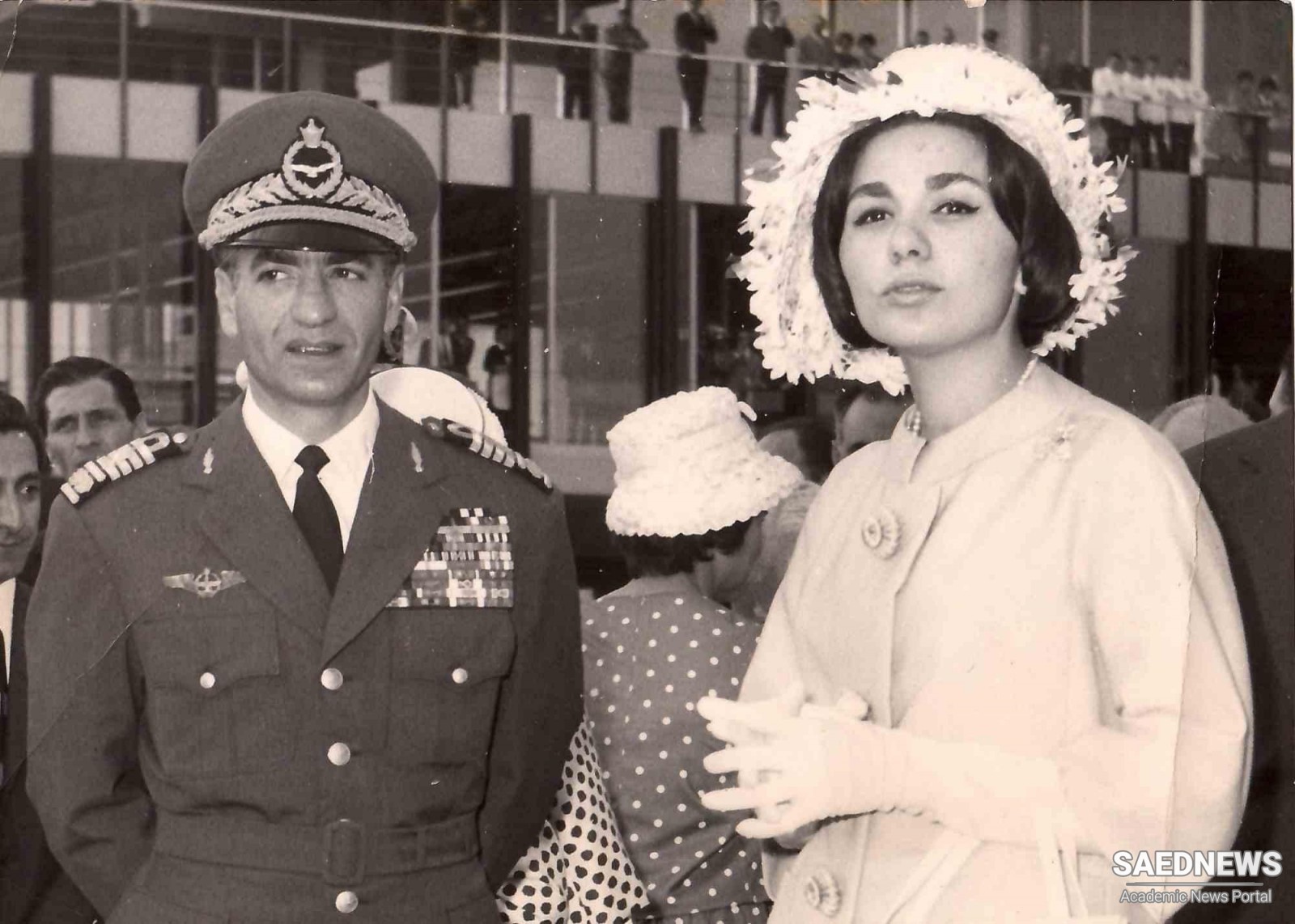The shah argued: ‘First the era of Pax Irannica existed which was followed by Pax Romana. Recently, we witnessed Pax Britannica. But, today only one kind of pax can exist and that is global peace’ based on the principle that international relations were rooted in ‘the deep interdependence of the fate of all countries and peoples of the world’ in which ‘the rights of countries are respected’ and the great powers had no right to interfere in the internal affairs of lesser powers. Within this framework, ‘all countries would work together to ensure peace and economic growth’. Therefore, ‘Pahlavism is a genuine supporter of the UN, rejects isolationism and autarky and strives for peaceful co-existence with its neighbors’. However, Pahlavism, unlike other dominant ideologies of the Middle East, was wary of Third Worldism mainly because it considered Iran a primordial member of the elite ‘Western’ club.
Similar to many ideologies, Pahlavism was nationalistic, emphasizing Aryan roots to prove Iranian superiority to its neighbours and strengthened the symbols of national independence. Moreover, a major constitutive element of modern ideologies justifying the power of authoritarian or semi-authoritarian systems is the image of a specific foreign enemy. The state, by claiming to defend the country’s cultural and geopolitical borders in the face of this enemy construct, and placing blame for its own failures on it, can strengthen its legitimacy and ideological hold. Pahlavism not only lacked this powerful ideological tool but faced the popular memory of the US and UK role in overthrowing Mossadegh and the shah’s close relationship with these powers. Thus, despite Pahlavism’s rhetoric, the public perception of the shah as an agent of the West, whose interests he served before those of Iran, remained. Pahlavism’s claims to be the defender of Iranian independence rang hollow for some. Rastakhiz discourses aimed to change this perception.
The contradictory nature between Soviet ideology and the monarchy, and the shah’s great fear of Soviet intentions, meant that the Pahlavi state would place itself in the camp of the West during the Cold War, even if it did not share the belief in liberal democracy. At the same time, the atheism of Soviet ideology offered Pahlavism the role of defender of the faith. History also provided cause for making the USSR an ideological enemy construct. Tsarist and Soviet intervention in domestic Iranian politics along with successful and unsuccessful attempts to seize Iranian territory left a strong negative popular impression that remains to this day.
Despite these issues, Pahlavism did not use systematically the Soviet Union as a specific enemy construct, which could have limited the damage to its legitimacy rendered by the perceived and actual role of the United States in the country. Nonetheless, Pahlavism initiated state discourses warning about the plots of the imperialism of both the capitalist West and communist East against Iran. It stressed that the Pahlavi project particularly provoked Western imperialism given its claims to universality and superiority to the West.
‘Since this ideology [Pahlavism] will become dominant and victorious and is not a puppet in the hands of the [communist] East or [liberal capitalist] West (nokar-e sharq va qarb nist), the peoples of the East, Asia and western Asia will follow it. For the interests of Western imperialism this situation is dangerous’. Prior to the emergence of Pahlavism, state discourses, while including rhetoric about the injustices done to the country by the imperialism of Russia and Britain and indications about Iran’s desire to be a great regional power, did not warn of ongoing threats of Western imperialism to Iran’s ongoing economic development and geopolitical aspirations.
In sum, Pahlavism was an attempt at the ideologization of monarchy. It combined a modern transformative ideology based on the construction of a revolutionary utopia and a political conservatism dedicated to preserving the ancient monarchy with a Romantic interpretation of imperial history that was impassioned, subjective and rooted in a deterministic conception identifying the Pahlavi dynasty with the inevitable golden age of Iran’s modern future. But Pahlavism was to be an Iranian ideology that rejected ideology and the ‘–isms’ of the West and thus could be considered a non�ideological ideology. The shah implicitly summarized this aspect of Pahlavism in a conversation with an American writer at the end of the 1960s.


 Shah's Confrontations with the Majlis
Shah's Confrontations with the Majlis














































